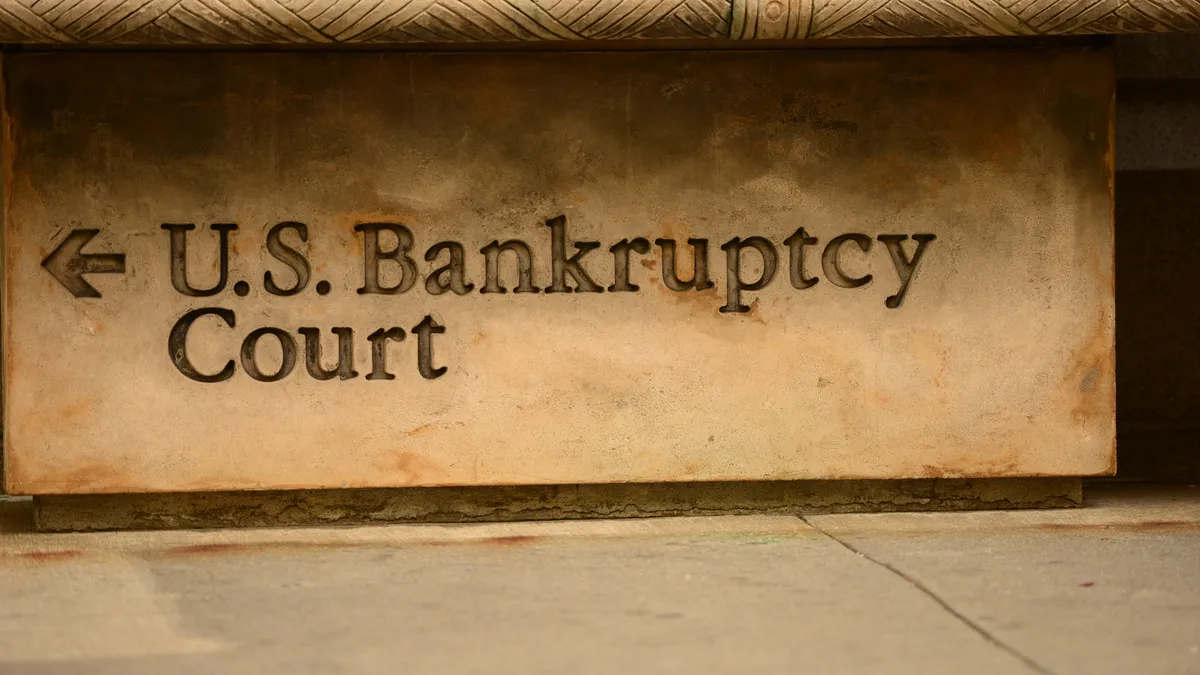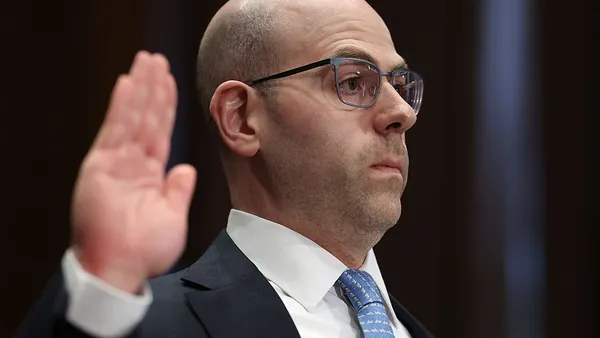On the heels of business and consumer bankruptcies rising 18% year-over-year in 2023, distress experts are revamping their distress watchlists as filings are expected to continue to tick up this year.
CFOs of all organizations — which depend on vendors, clients and consumers to stay in the black — could face pressure from insolvent businesses even if a soft landing is achieved, experts from the American Bankruptcy Institute and its statistical partner Epiq Bankruptcy Analytics said in a webinar this week on bankruptcy filing trends.
“Last year we were talking about a lot of unforeseen potential turbulence in the market and a lot of uncertainty. This year it’s pretty much a continuation of the same,” said Deirdre O’Connor, managing director for corporate restructuring at Epiq. “While economic indicators are leaning to positive numbers, the general feeling is apprehension.”
Here are five areas that bankruptcy experts are watching to gauge the economy’s distress levels:
- Landlords and the “Peloton effect.” Lindsay Zahradka Milne, an attorney with Bernstein, Shurt, Sawyer & Nelson who counsels businesses in restructuring, expects to see more distress in commercial real estate as landlords feel the repercussions of vacant space in 2024. In addition, she expects more bankruptcy filings from makers of products for which demand has fallen off since the pandemic — leaving companies stuck with inventory. “There’s warehouses full of these things: home-brew kits … sourdough bread makers,” Milne said, calling it the Peloton effect after the exercise equipment maker that struggled from a post-pandemic drop in demand. “All the businesses that supported that manufacturing are probably going to pop up on our radar this year.”
- The Ides of March. Statistically it won’t be easy to see how the year is trending until the second quarter. Why? When bankruptcies rise they typically do so in March and April, while November through January are quieter times when companies in distress get their filings in order, the experts said. Tax filings could be one trigger while the fate of other companies, especially those that depend on retail sales, are often hinged on payments they do or don’t receive in the fourth quarter, they said. Ed Flynn, a consultant with ABI, said Christmas bills can also tip consumers into bankruptcy.
- Bolder lenders. Milne said her firm is seeing more businesses preparing to file for bankruptcy protection as lenders are feeling more “emboldened to exercise remedies and that does spur a little bit more restructuring activity. The negotiations begin, the forbearance agreements get dusted off and sometimes filings follow though we’re certainly seeing a lot of out of court activity as well.”
- Church pain. As of this month, 37 U.S. Catholic religious organizations have filed for Chapter 11 bankruptcy protection, with 24 of the cases concluded and 13 still pending, according to Penn State Law’s eLibrary. Flynn expects a continuation of such filings, with Milne noting that a push in some states to open or remove the statute of limitations could be a driver of more cases.
- Looming student loan debt. Now that student loan repayments have restarted, it may put some pressure on retailers because people won’t have as much discretionary money for other purchases. The debt is so massive that a large amount of it can’t be repaid and even though it generally can’t be discharged in bankruptcies, Flynn expects that financial pressure from them to ultimately lead to more bankruptcies. “In the very long term bankruptcy should be a part of people trying to get out from under it,” Flynn said.















